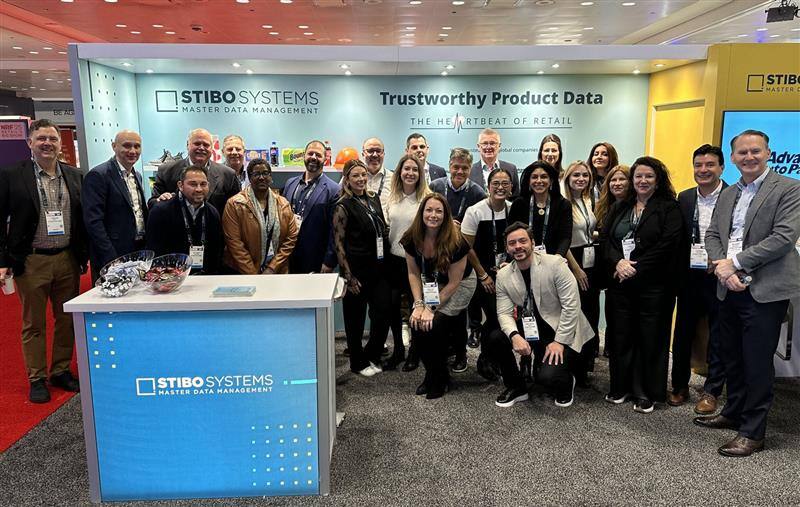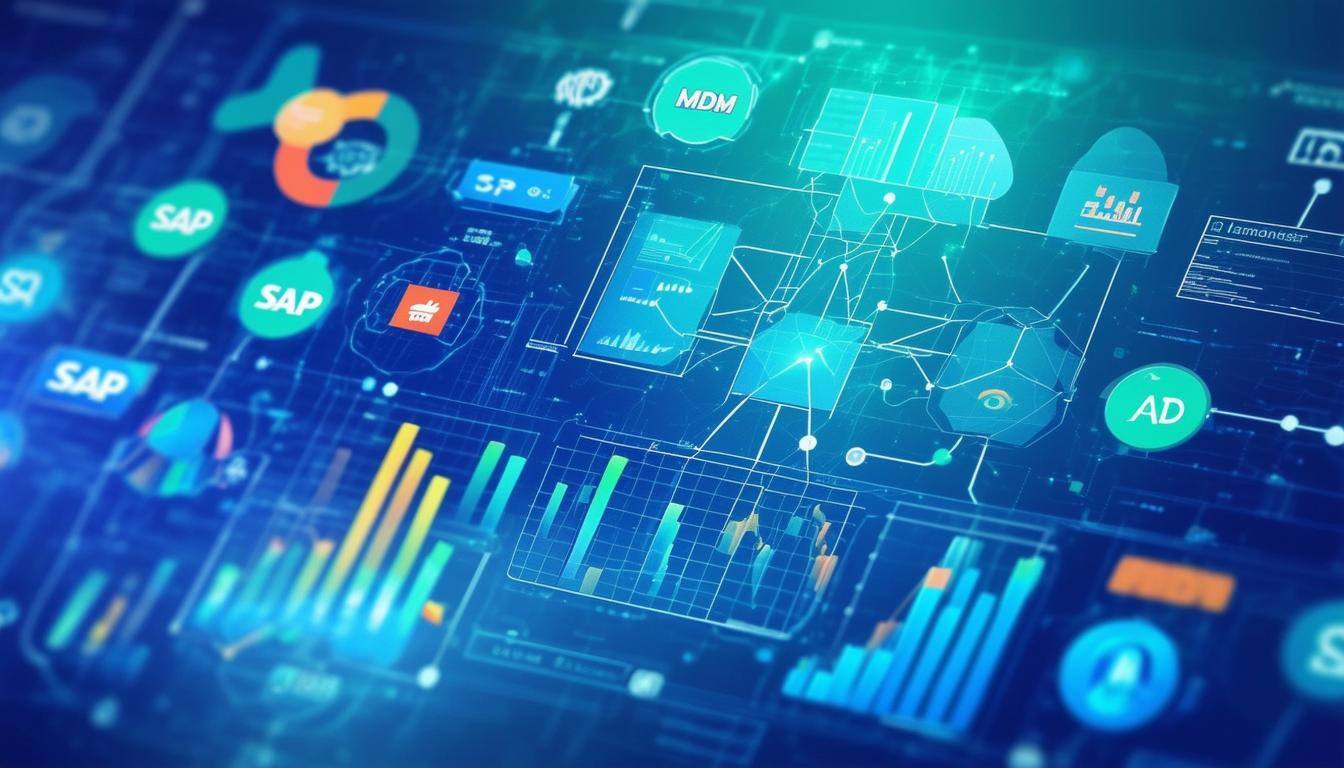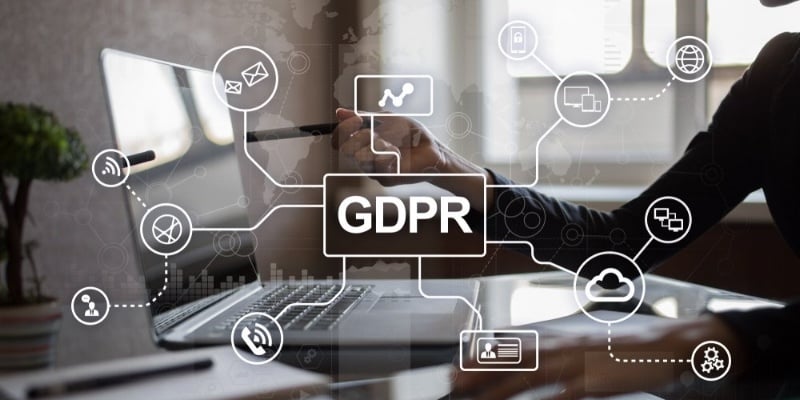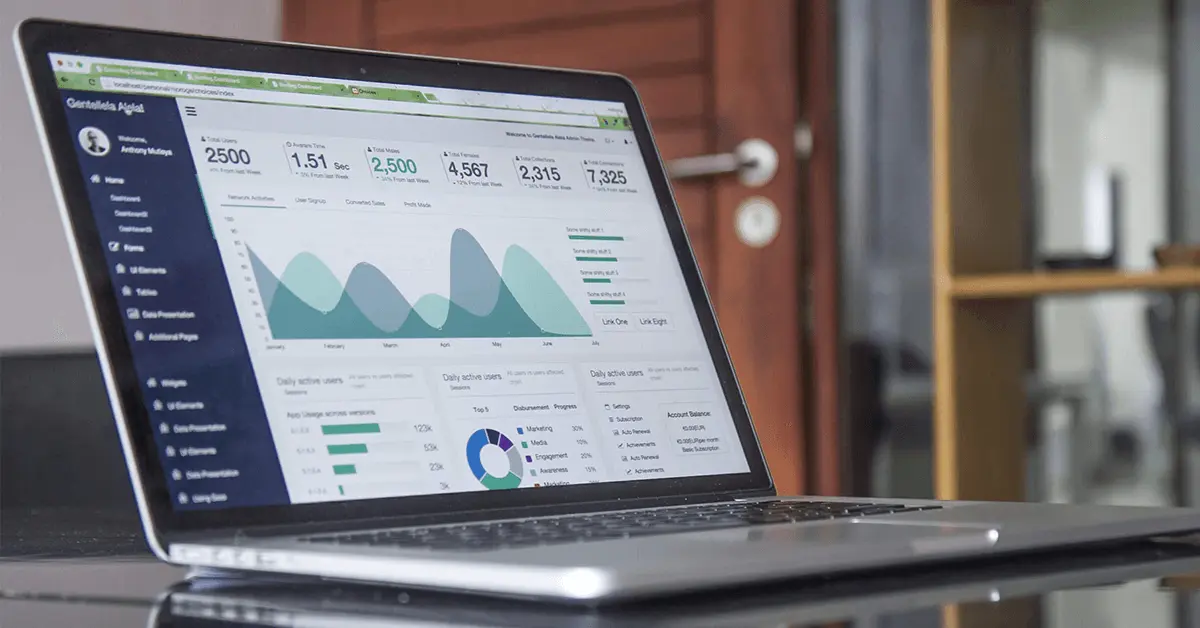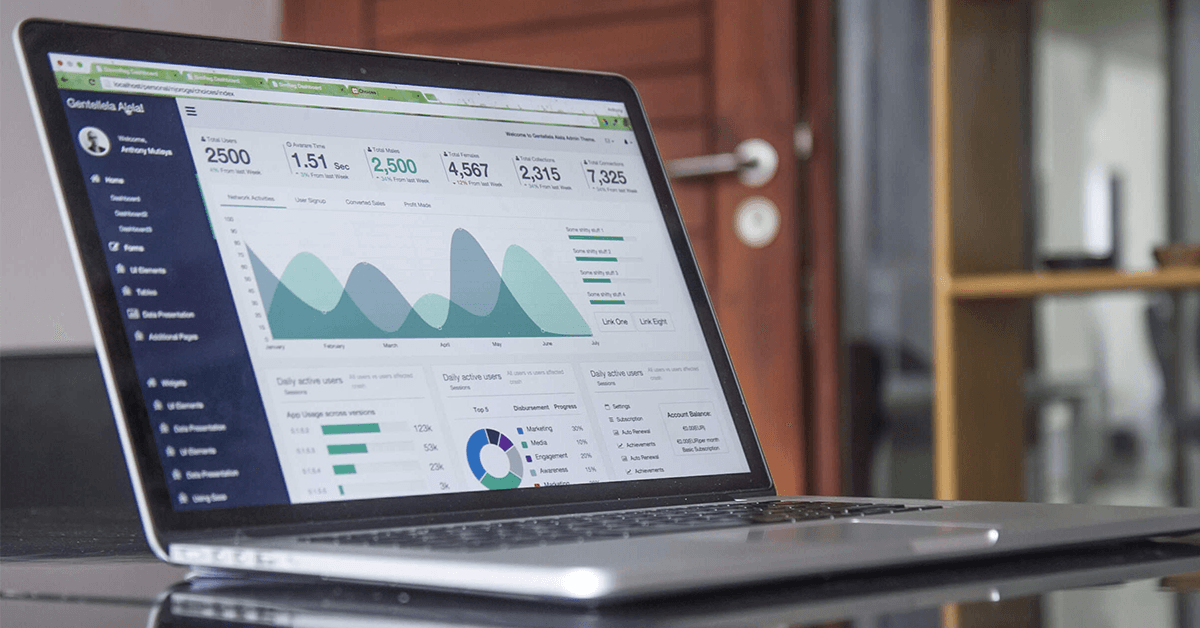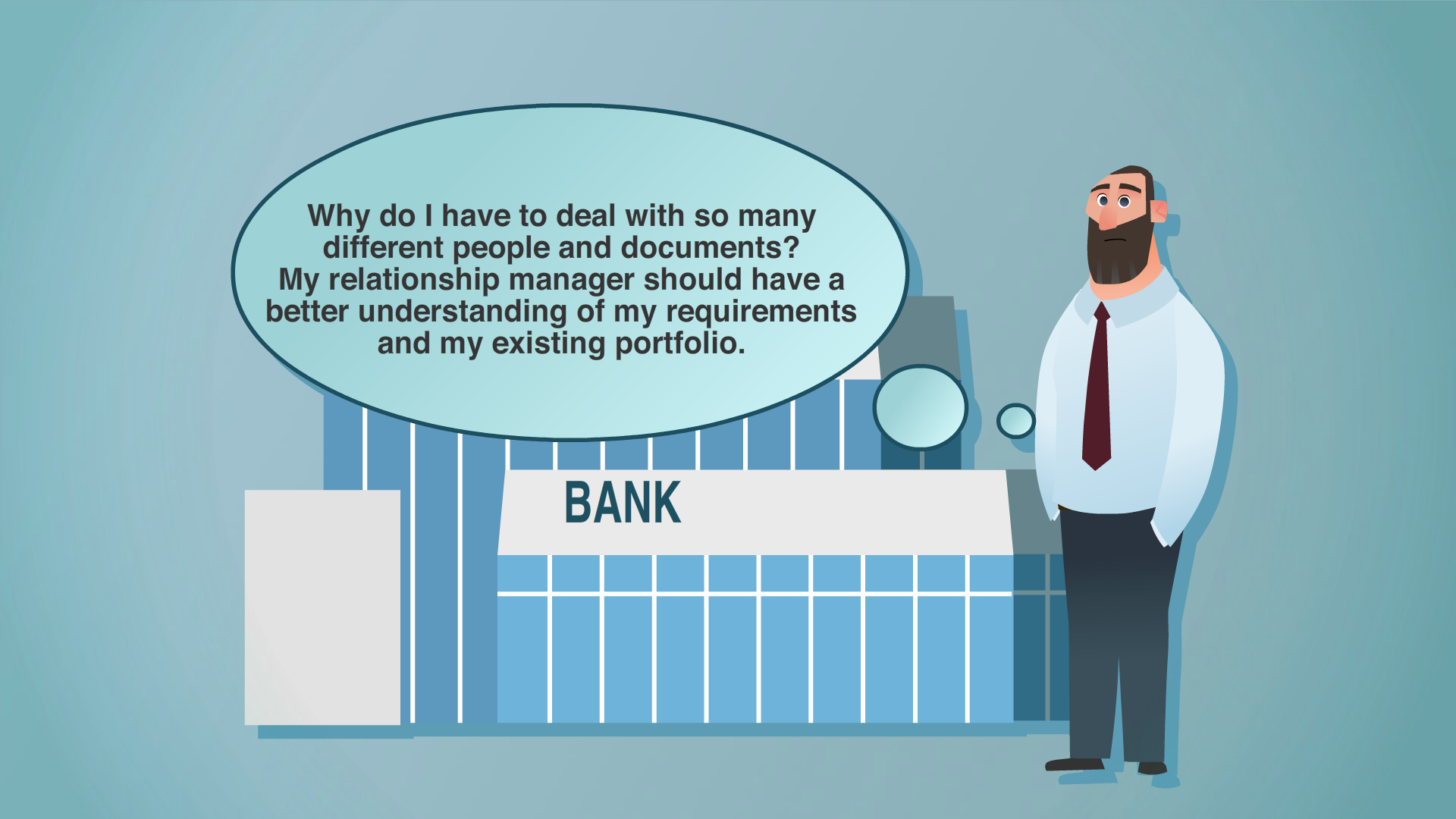Direct-to-consumer (D2C) — bypassing wholesalers or retailers to sell products directly to end consumers — has completely transformed how consumer packaged goods (CPG) companies operate.
It promises higher profit margins, more control over your brand and a direct line to valuable consumer data. What was initially a pandemic-era pivot, D2C business has now become a permanent priority for many CPGs.
D2C is a strong growth channel, but for CPGs that launched quickly, before establishing a strong foundation, this growth quickly exposed the challenges and limitations of a D2C business. Like discovering that scaling isn’t just about standing up a storefront — it’s about building resilience.
For example, a single inaccurate attribute, SKU duplication or an inconsistent image might not seem like a big deal, but it gets amplified across campaigns, partners and markets. The result? The errors erode customer trust, resulting in lost revenue opportunities and a growing number of returns.
You’ve already built a D2C framework. But the real challenge is scaling your D2C business without breaking what you’ve built. We’re walking you through the D2C channel, building for resilience and why trustworthy data is crucial to a successful D2C business.
Quick insights
- D2C has become a core business strategy for CPGs. They’re now prioritizing D2C channels for increased margines, better brand control and direct access to consumer data.
- Scaling D2C exposes hidden cracks, especially data issues. Early wins might mask fragility, but as you grow, problems become more evident, like SKU duplication.
- Trustworthy data is the foundation of sustainable D2C growth. It’s essential to deliver consistent, reliable product experiences.
- Resilience is more important than speed. Top CPGs are building models that flex and scale for long-term growth.
- Treat D2C as infrastructure, not just another channel. When you build it on reliable data, it becomes the foundation for commercial performance.
- The real challenge isn’t launching D2C — it’s scaling without breaking what works.
Why D2C isn’t just another business channel
It can be tempting to treat your D2C business like a storefront — something that can be switched on, optimized and scaled like any other digital platform. But for CPGs, this mindset limits growth and innovation. D2C isn’t just a channel, it’s the commercial backbone.
Like enterprise resource planning (ERP) or supply chain, D2C demands a foundation of trustworthy data to operate smoothly. Without it:
- The storefront is shaky
- Campaigns go live with inaccurate content
- Inventory doesn’t align with promotions
- Compliance checks come too late
What looks like a channel problem is actually a data problem. And that’s why you can’t treat your D2C business as just another channel. If you expect D2C to carry the burden of commercial growth, you need to build it for resilience — not just speed.
The D2C maturity curve: From early wins to hidden fragility
While CPG brands might approach D2C differently, they’ll all experience the same general curve. The early months will have enough wins to hide the fragility, and manual fixes will still be enough to keep things running. The returns are manageable and campaigns are still agile.
But as you begin to scale, the cracks become more visible. That product you launched across five markets has inconsistent sizing data. The promotional bundle collides with duplicate SKUs in backend systems. Regulatory updates lag behind consumer launches and returns spike — not because you’ve got bad products, but because you’ve got inconsistent, inaccurate product data.
And by the time your D2C business reaches maturity, even the smallest errors have a disproportionate impact. Instead of innovating, commercial teams spend more time correcting errors. And your customers? They don’t trust your brand anywhere. Plus, your retail partners start penalizing your inconsistency.
That’s the paradox of D2C: the more optimized the channel, the more vulnerable it becomes to minor data failures.
What trustworthy data means for your D2C business
As you scale your D2C business, you need a way to combat the growing risks of fragility. The best way to do that is with trustworthy data and core capabilities, like:
- A single product backbone where lifecycle, readiness and variant logic are governed
- Syndication that adapts data once for multiple endpoints, validated against rules and partner requirements
- Customer profiles that connect safely to product truth, powering personalization without chaos
- Attribute and asset governance that ensures every SKU is expressed consistently across every channel
For commercial leaders, these aren’t just technical nuances — they’re the safeguards that protect revenue, safeguard compliance and preserve consumer trust.
Building resilience into the D2C operating model
The CPGs leading D2C aren’t the ones with the flashiest storefronts. They’re the ones who have intentionally built resilience into their operating model — these brands know that scaling without governance is not sustainable.
So they invest in readiness logic that prevents products from being published before they are truly market-ready. They link consumer insights to governed product data that acts as the foundation for personalization efforts that build trust rather than undermine it.
But perhaps most importantly, these CPGs treat their D2C business as infrastructure. The foundation of that infrastructure? Reliable, trustworthy data. When you’ve got that, D2C stops being a fragile growth channel and instead becomes the foundation for sustainable commercial performance.
Scaling without breaking what you’ve built
For many CPG executives, the decision no longer lies in whether to invest in D2C but in how they can scale it without breaking what already works. The answer? Treating your D2C business not as an experiment or isolated channel, but as a backbone built on trustworthy data.
With that foundation in place, your D2C channel can flex without fracturing, which looks like:
- Campaigns that accelerate without compromising compliance
- Personalization that enhances loyalty — without chaos
- Fewer returns, faster launches
- Consumers get exactly what they expected: accurate, reliable, trusted product experiences
That’s how CPG brands scale their D2C business without breaking what they’ve built.
Ready to scale your D2C business?
Want the full playbook? Download our free ebook, Scaling D2C and B2B Commercial Precision in CPG with Trustworthy Data, to learn more about how you can grow D2C with scale and minimal disruption.




























































